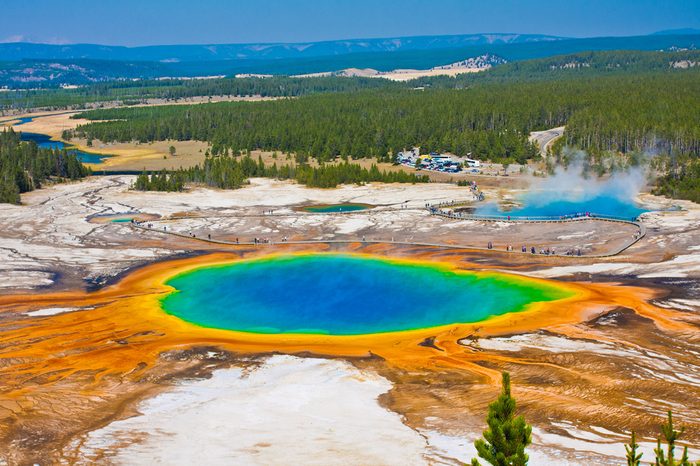
Yellowstone National Park, Wyoming
Arguably the most impressive of all U.S. National Parks, Yellowstone sits squarely over an active supervolcano. Created by a massive volcanic eruption some 640,000 years ago, the Yellowstone caldera now covers an area measuring a whopping 30×45 miles. The heat beneath this area is responsible for the park’s many interesting hydrothermal features—geysers, including Old Faithful, fumaroles, hot springs, and bubbling mud pots—that are all huge tourist draws. Below ground, earthquakes are happening all the time (1,000 to 3,000 per year!) which the University of Utah Seismograph Station tracks closely.
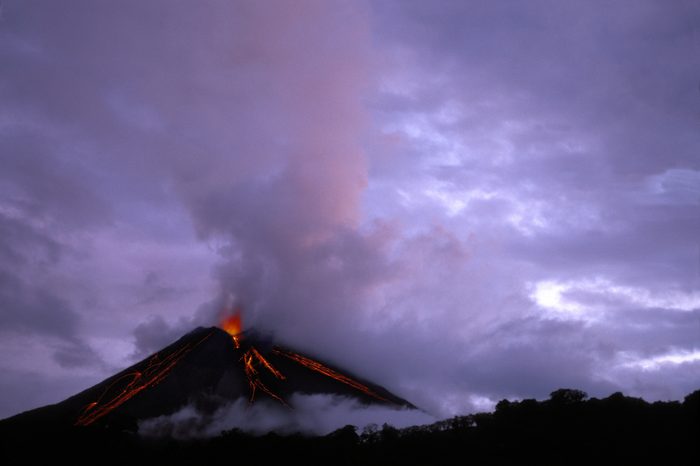
Arenal, Costa Rica
The centerpiece of 30,000-acre Arenal Volcano National Park, Costa Rica’s most active volcano is also one of the country’s top tourist attractions. Lava has flowed since Arenal last erupted in 1968 and wiped out two nearby towns. By day, you can see smoke and ash billowing from Arenal’s peak. Come nightfall, you can watch the fiery-red lava ooze down its western slope, according to Go Visit Costa Rica. (The lava flows toward Arenal Volcano Lodge and the Linda Vista Hotels, according to TripAdvisor.) You can take a guided hike at the base of the volcano; park rangers monitor Arenal’s activity and close the trails when there’s a safety concern.
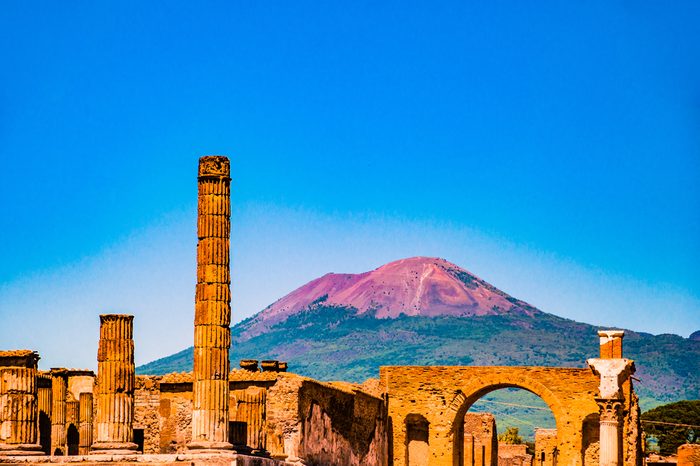
Mount Vesuvius, Italy
History buffs know that an eruption by Mount Vesuvius buried the ancient Roman city of Pompeii under a thick carpet of volcanic ash in 79 A.D. Today, Vesuvius remains one of the most active volcanoes in the world, erupting once every 20 years on average. That said, Vesuvius hasn’t erupted since 1944, and scientists monitor its activity closely. To get to the rim of Vesuvius, take the commuter train from Naples or Sorrento and get off at the Pompeii stop; a shuttle van can get you most of the way up the volcano, but be aware: You’ll still face a steep 30-minute hike to get to the summit.
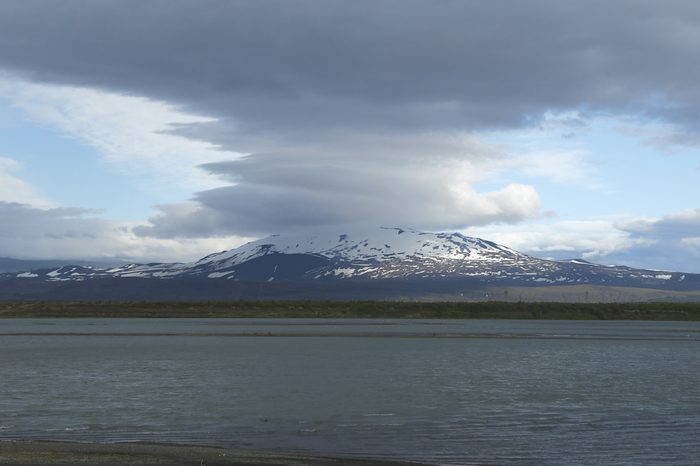
Hekla, Iceland
Volcano tourism is a big reason Iceland is a red-hot destination these days. Due to its location on the mid-Atlantic Ridge, a tectonic plate boundary, Iceland features 30 active volcanic systems. About two hours from Reykjavik, Hekla (known in the Middle Ages as “the Gateway to Hell”) is one of Iceland’s most active volcanoes, accessible via numerous local hiking and Jeep tours. The endless other ways to experience the country’s volcanoes include exploring the lava fields at Goðahraun or Leirhnjúkur, swimming in the Viti crater lake, or enjoying a mud bath at Hveragerði. You’ll also want to check out these natural wonders around the world you’ve never heard of.
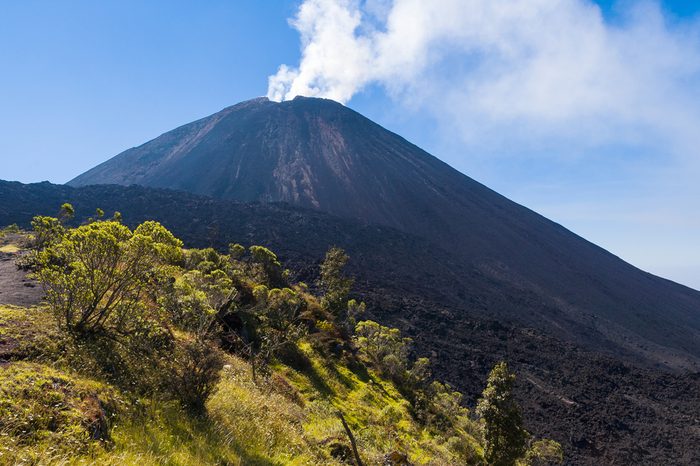
Pacaya, Guatemala
Of Guatemala’s 37 volcanoes, three are active. The most visited is Pacaya, one of the nation’s youngest volcanoes and a popular hiking spot for active travelers. You can explore the furrowed lava fields with their fumaroles and hot spots and view the smoking crater above. About 20 miles in the distance, you can see the Fuego volcano, whose deadly eruption in early June 2018 nearly obliterated a town and claimed more than 90 lives.
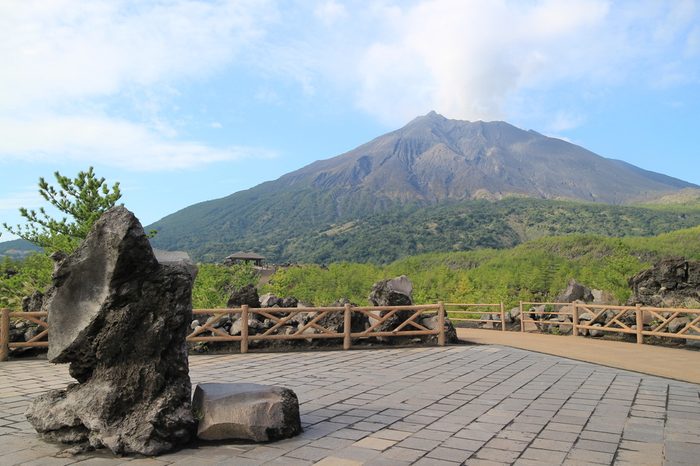
Sakurajima, Japan
Mount Sakura, or Sakurajima, is one of Japan’s most active volcanoes. The rich volcanic soil and natural hot springs make the surrounding area a popular getaway destination. Although the last major eruption was in 1914, smoke billows from the mountain top almost continuously, and minor eruptions occur several times a day. People aren’t allowed within 1.2 miles of the volcano, but you’ll find plenty of scenic outlook points from which to view Sakurajima.
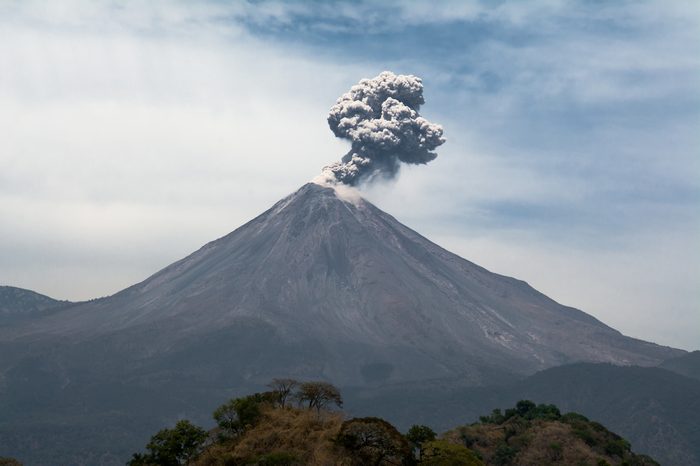
Colima, Mexico
Colima—aka Volcan de Fuego, or “Fire Volcano”—is among the most active of Mexico’s 14 active volcanoes. It erupted in 2017, sending a huge column of smoke and ash into the sky, but fortunately caused no deaths. Located about 75 miles south of Guadalajara, you can join any of the organized excursions that will take you as close as four miles from the volcano. But for even better views, hike up the nearby dormant Volcan de Nieve, or “Snow Volcano,” or see Colima from above—from the basket of a hot-air balloon.
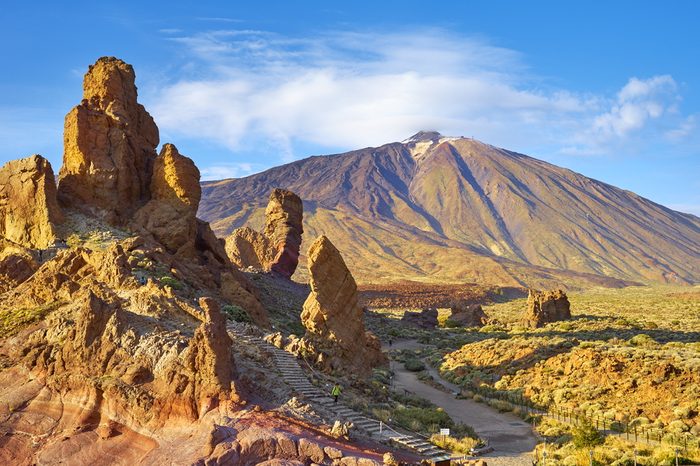
Mount Teide, Spain
Located on Tenerife in the Canary Islands, 12,000-foot Mount Teide is the highest volcanic peak in all of Spain. Teide last erupted in 1909 and scientists continually monitor earthquake activity. The volcano can be explored via a cable car and various hiking trails.
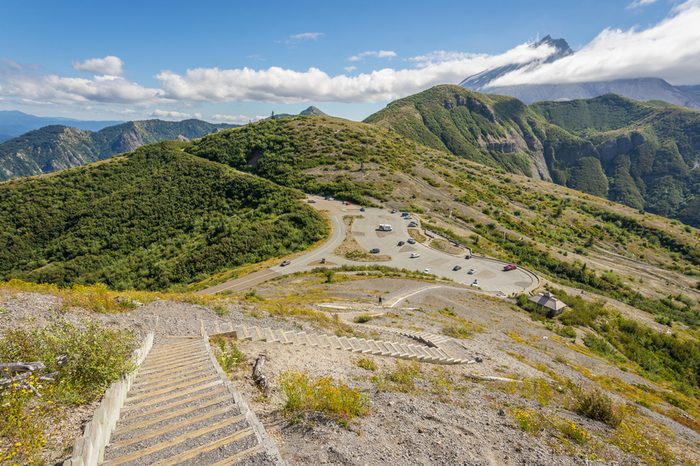
Mount St. Helens, Washington
The Cascade Mountain Range is an 800-mile volcanic chain extending from British Columbia to northern California. Among the most active Cascade volcanoes is Mount St. Helens in Washington, which had a catastrophic eruption in 1980 that took the lives of 37 people, plus a smaller lava eruption in 2004. Climbers from beginner to expert can make the trek to the crater rim so long as they get a permit. A helicopter tour over the mountain is a popular alternative.
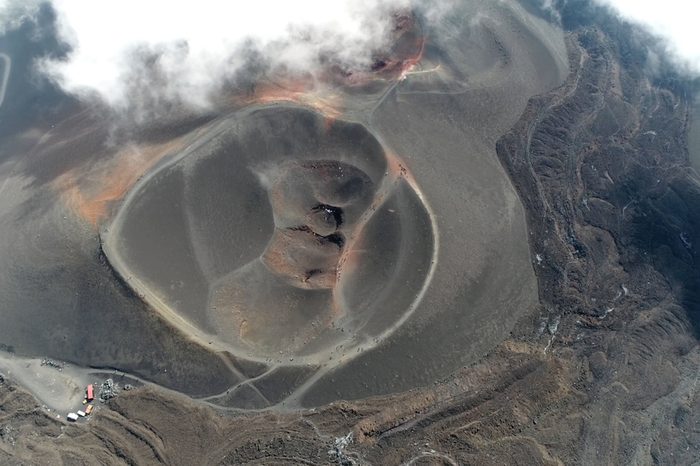
Mount Etna, Italy
At nearly 11,000 feet, Mount Etna, on the east coast of Sicily, is the continent’s tallest and most active volcano. Etna was added on the UNESCO World Heritage list in 2013 for its “exceptional level of volcanic activity.” Even so, it’s one of the most accessible; when conditions permit, you can hike or take a cable car or shuttle bus all the way up to the summit. If you love adventure travel, you won’t want to miss the 10 natural parks that are off the beaten path.
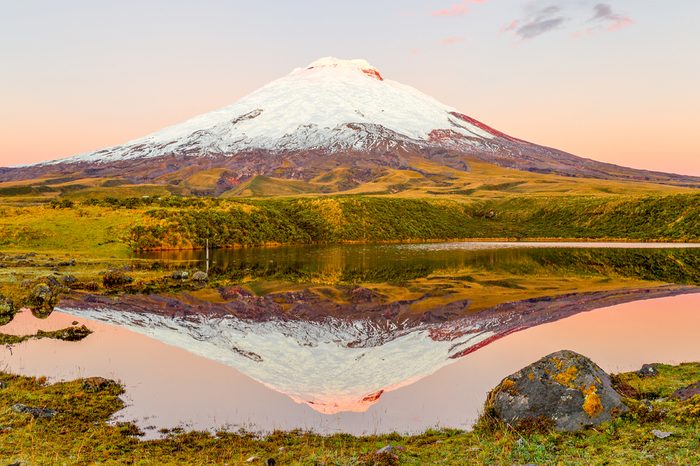
Cotopaxi, Ecuador
Rising as a backdrop to the Ecuadorian capital of Quito, the stratovolcano (a volcano built up of alternate layers of lava and ash) Cotopaxi has shown signs of unrest in recent years, but a major eruption hasn’t happened since 1903. If an eruption does occur, the main concern is not the ash or magma, but the giant glacier that sits atop the volcano, which would presumably melt and cause enormous mud slides. Most travelers tour Cotopaxi National Park with a guide; extremely hardcore hikers can climb the 19,000-foot volcano if they can stand the high altitude.
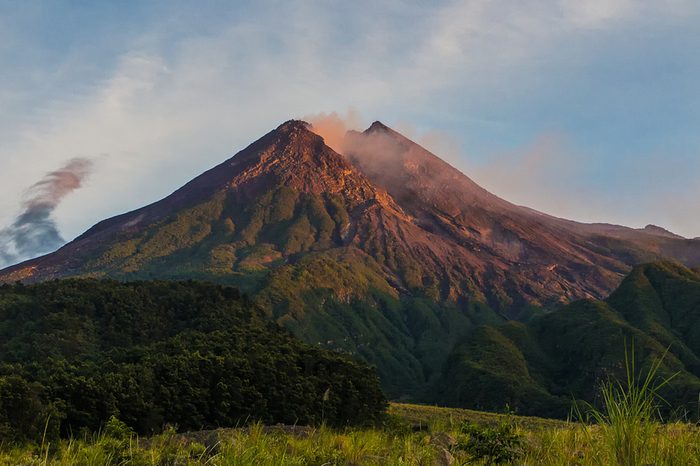
Mount Merapi, Indonesia
Of more than 120 active volcanoes in Indonesia, 9,500-foot Mount Merapi is the most active. Merapi had a minor eruption in May 2018, sending an ash column as high as 18,000 feet. The last major eruption happened in 2010, which killed scores of people. Visitors can hike to the volcano’s summit from the village of Selo.
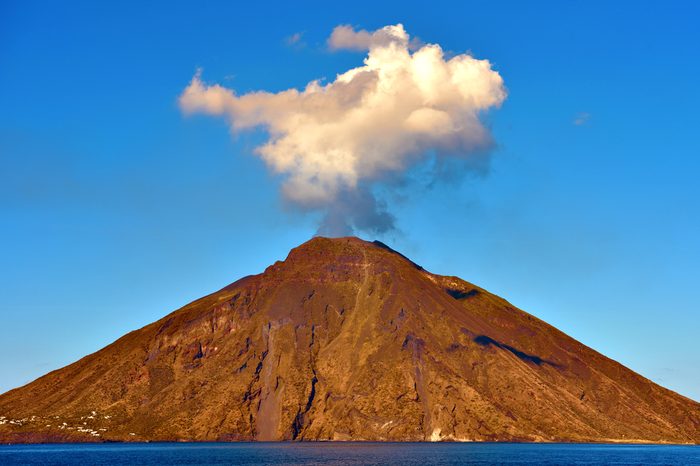
Mount Stromboli, Italy
Tiny Stromboli, one of the eight volcanic Aeolian Islands in Sicily, is always active; the volcano’s frequent minor eruptions have earned it the nickname, “the Lighthouse of the Mediterranean.” Fittingly, the best way to view these eruptions is from a nighttime cruise of the Aeolians. Read on for the most extreme travel adventures in the world.